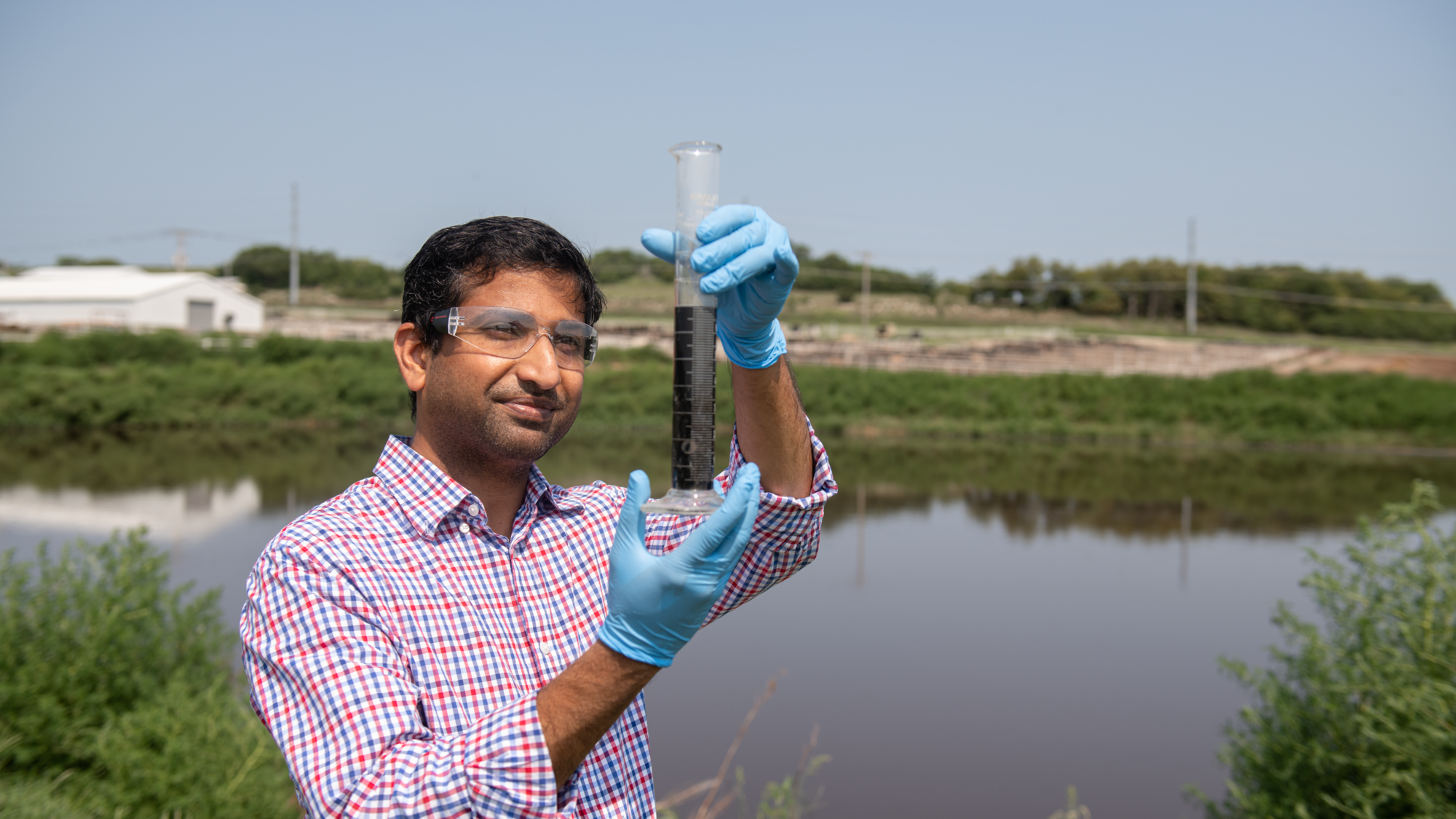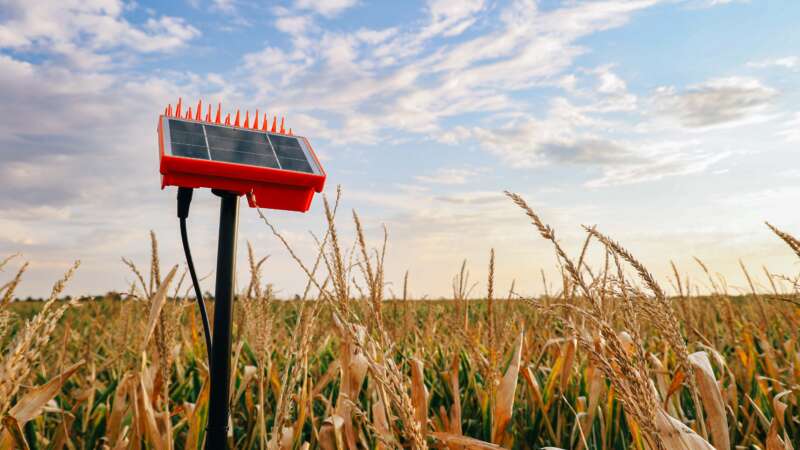K-State’s civil engineering researchers are making cutting-edge strides in addressing wastewater challenges while promoting a more sustainable future.
Every living creature does it – we all poop.
And let’s face it, all that waste adds up to being a big problem. But instead of holding our noses and looking the other way, researchers at K-State are cooking up some seriously cool solutions that help flush the problem away, recover valuable resources, and keep the planet happy.
Pioneering initiatives
Dr. Prathap Parameswaran, associate professor of civil engineering at K-State, is a visionary in the fight against wastewater woes. He sees wastewater not as a mere waste product but as a treasure trove of possibilities. Under his guidance, the K-State research team is developing cutting-edge technologies, such as the anaerobic membrane bioreactor (AnMBR), to transform wastewater into a resource rather than a burden.
“As humanity grows, one thing that will not stop growing is the wastewater we generate,” Professor Parameswaran states. “This is where our journey begins.”
The AnMBR is a state-of-the-art system that captures and converts methane, a potent greenhouse gas, into oxygen, effectively reducing harmful emissions. Parameswaran explains, “Even a small amount of methane can do the same or even greater damage than carbon dioxide.”
But the AnMBR’s impact extends far beyond emissions reduction. This technology also acts as a resourceful chef, extracting valuable nutrients like phosphorus and nitrogen from the waste and transforming them into fertilizer. This remarkable transformation converts discarded waste into life-giving resources, promoting a circular economy that conserves and reuses valuable materials.
Waste not
Dr. Parameswaran and his team are not solely focused on domestic wastewater. They are also tackling the challenge of livestock operations, particularly the growing volume of swine waste in the Midwest. Improper management of this waste can lead to the release of harmful greenhouse gases.
“Our current focus is livestock operations like CAFOs (concentrated animal feeding operations),” Parameswaran explains, “which generate a significant amount of waste.”
The problem arises when this waste is mismanaged, leading to the release of harmful greenhouse gases.
K-State researchers harnessed their AnMBR technology to tackle this challenge, crafting custom versions specifically for livestock manure. Instead of capturing waste, these custom AnMBRs turn it into a triple treat: clean energy, fertile fertilizer, and a happy planet.
“We bear a responsibility to decarbonize these activities and turn this challenge into opportunity,” Parameswaran said. “By scaling up and appropriately leveraging these technologies, we can simultaneously solve environmental problems and create economic benefits.”
The path forward
No matter how small, almost every action can contribute to transforming wastewater into an opportunity for a more sustainable world, Dr. Parameswaran says. Whether choosing eco-conscious businesses or supporting research funding, ordinary people can make conscious environmental choices daily.
So the next time you flush the toilet, remember that you are not just disposing of waste; you are participating in a movement that is turning waste into power, poop into fertilizer, and challenges into solutions.
Written by: Lilly Majors
*First published in January 2024.



